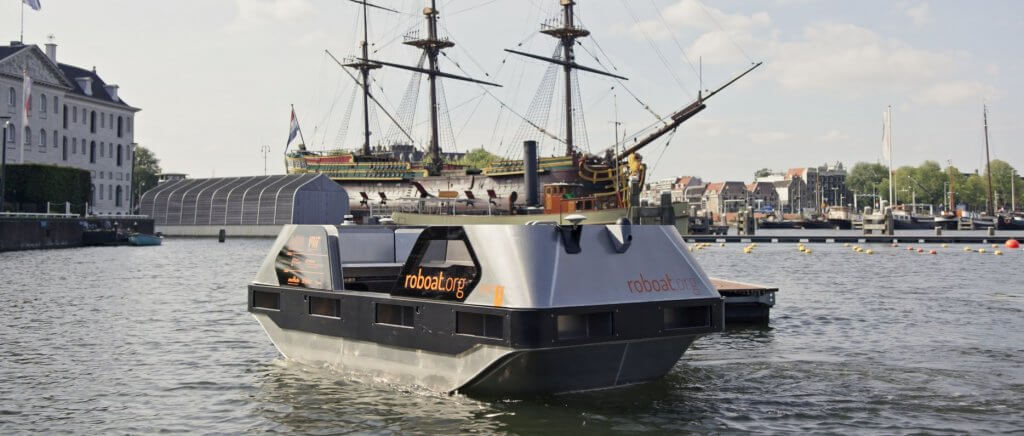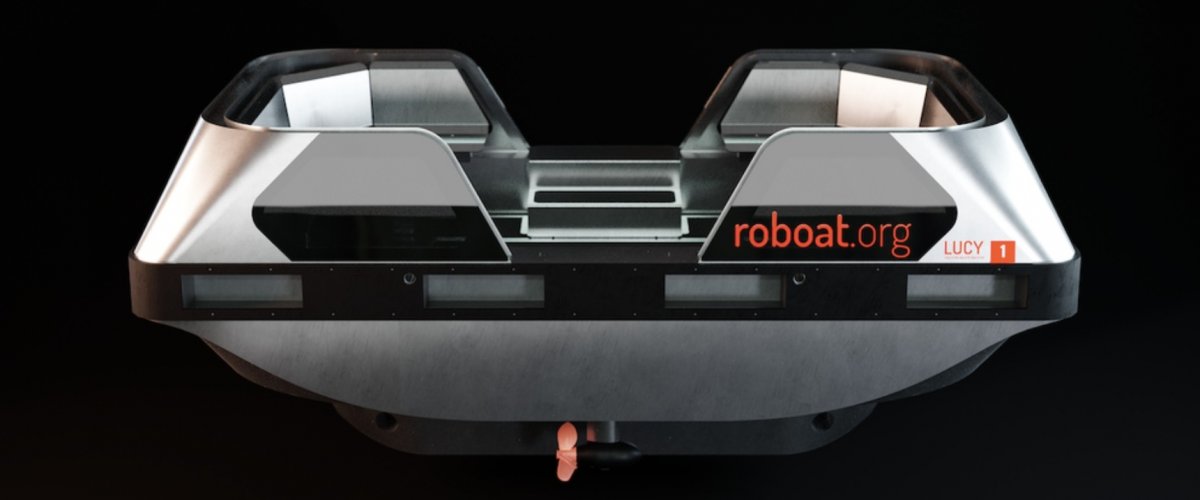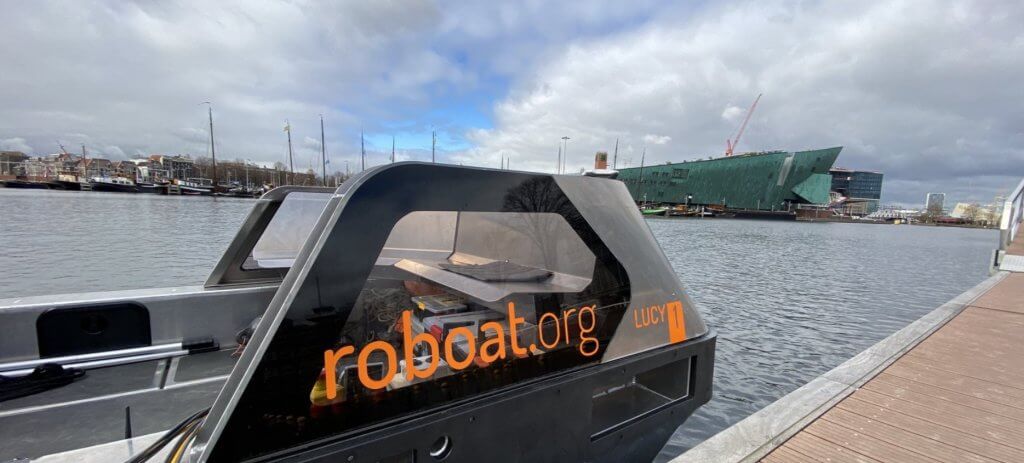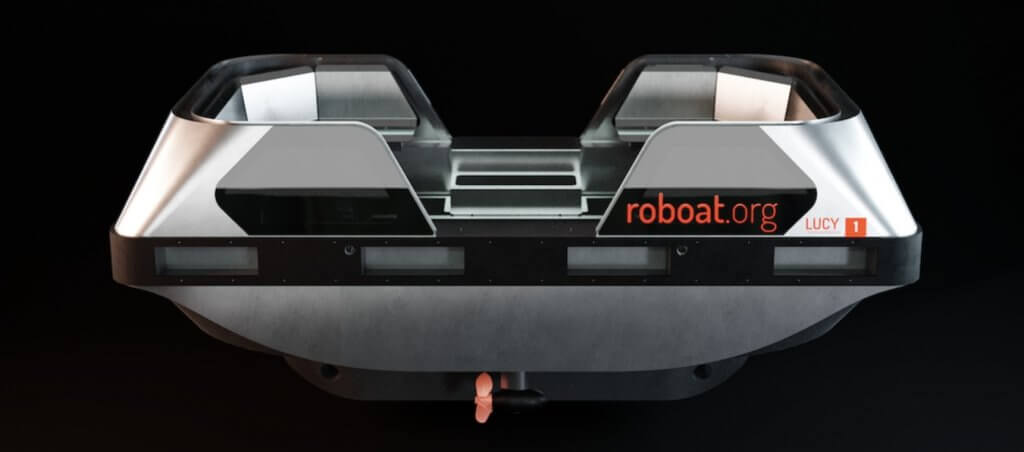MIT’s CSAIL launched self-driving electric boats in the Amsterdam canals
While everybody’s focus right now is on self-driving cars, a team of researchers from the Amsterdam Institute for Advanced Metropolitan Solutions is taking autonomous technology on the water. Called Roboat, the vessel is already being tested on Amsterdam’s canals.

Image Credits: Roboat
Of course, there aren’t many cities where autonomous water taxis are a viable option, but Amsterdam could be one of those places. This week, scientists at the MIT Computer Science and Artificial Intelligence Laboratory (CSAIL) and the Senseable City Laboratory launched the first fully autonomous self-navigating robot boat. They called them Roboats, And today they got on the first canal.
The boat is big enough to carry five people. The team suggests that they can also be used to collect waste, deliver goods, and do other things people do on boats. Ships departing directly from Blade Runner are battery-powered and can be charged wirelessly when in the dock. The team claims that it has enough juice for 10 hours of operation.
To autonomously determine the clear path and avoid collisions with objects, use Roboat LIDAR and multiple cameras to allow a 360 degree view. Navigation is done in much the same way as a car. Use GPS to determine a safe route from your current location to your destination.
“Improved accuracy and robustness of perception, navigation, and control systems, including new features such as an approach mode near the coupling feature and improved automatic positioning to allow boats to navigate real-world waters. “. MIT-Professor. And CSAIL director Daniela Rus. “The Roboat control system is tailored to the number of people on the boat.”
The great thing about Roboat is that the ship is built on the Universal Platform. The hull can be used for a variety of purposes, along with batteries and propulsion systems. The top-level platform can be modified to be implemented in different ways for different use cases.
“Roboat can perform tasks 24 hours a day, 7 days a week, which brings great value to the city even when the captain is not on board. However, for security reasons, reaching level A of autonomy can be reached. It’s doubtful if it’s desirable, “said Fábio Duarte, project chief scientist. Ground operators monitor Roboat remotely from the control center. One operator can monitor more than 50 Roboat units, ensuring smooth operation. “



